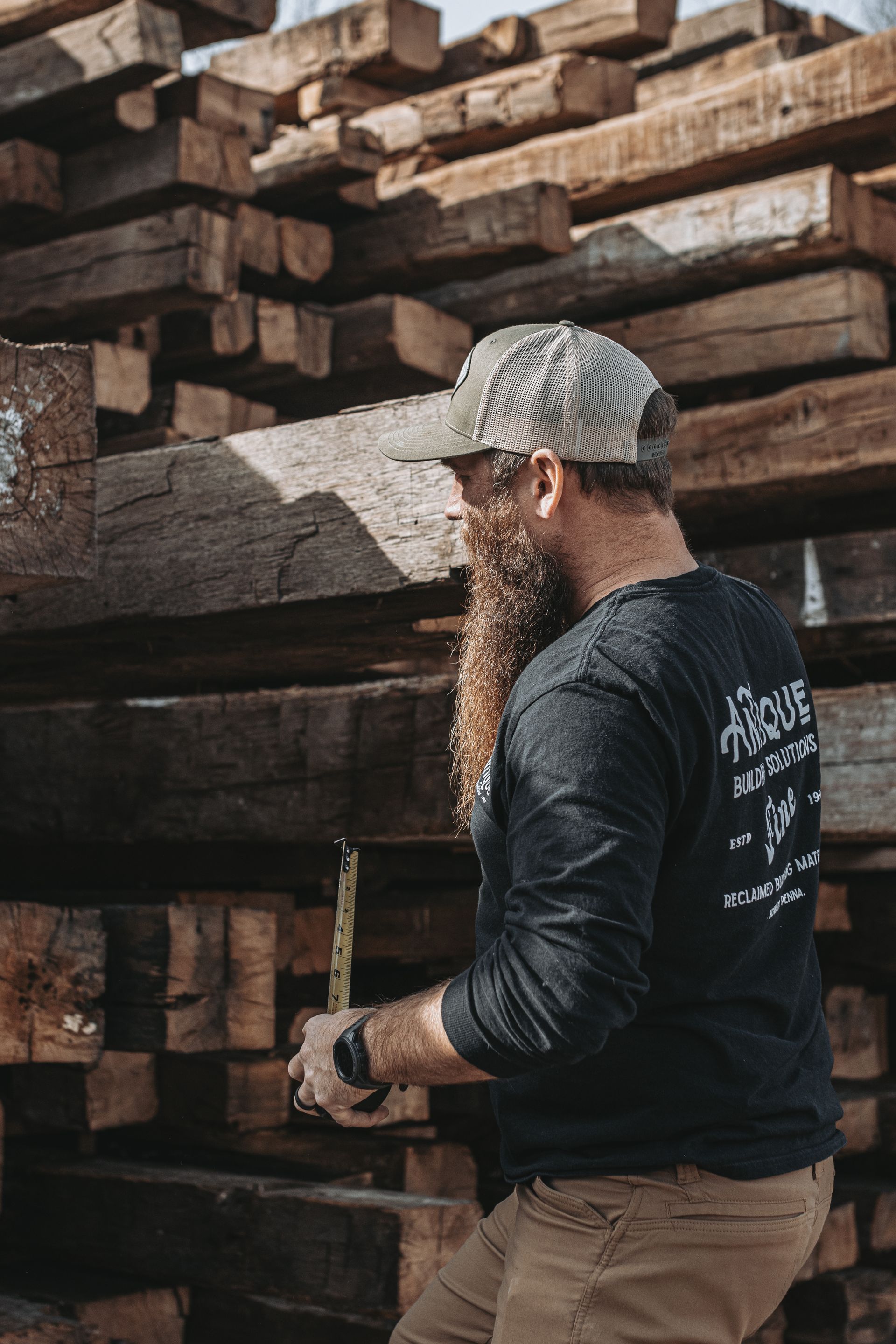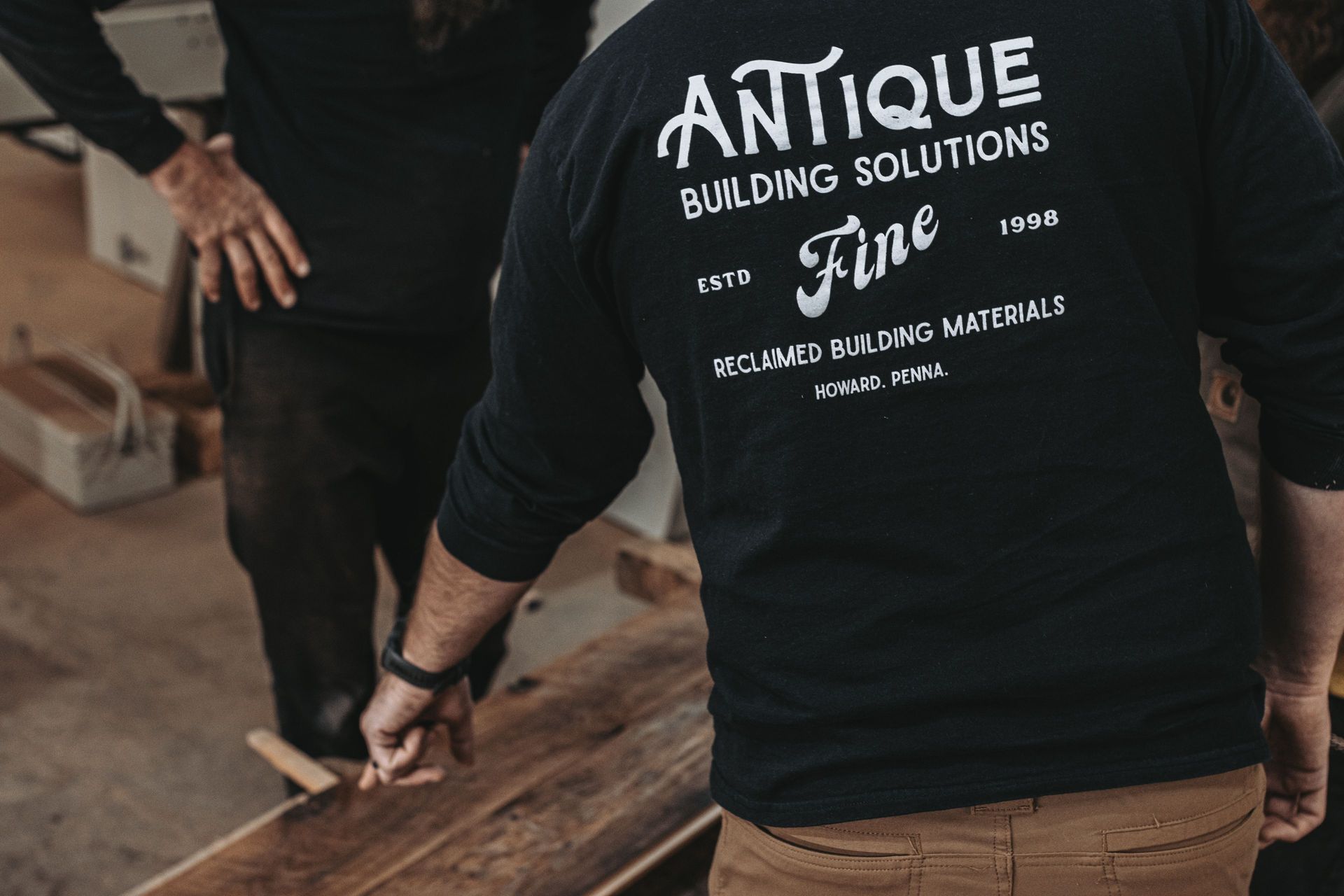Structural Assessments You Can’t Afford to Ignore
Key Safety Checks to Ensure Building Integrity and Avoid Risks

When it comes to old timber frame buildings, what you don’t see can definitely cause trouble. Underneath the aged beams and hand-carved joinery, hidden problems could be lurking. These issues might threaten safety, result in expensive repairs, or even lead to the failure of the structure if ignored.
Here’s a look at the key structural checks you should never skip for historic barns and timber frames.
Why Structural Assessments Are Important
It’s easy to fall in love with the rustic look of an old barn without thinking much about its condition. The weathered wood and large beams are stunning, but looks can be deceiving when it comes to structural strength.
A solid structural assessment does several important things:
- Finds hidden problems before they cause damage
- Maps out necessary repairs
- Helps figure out the fair market value
- Ensures the safety of future users
- Guides proper restoration methods
- Avoids expensive surprises later on
Key Areas to Check
Foundation Issues
The foundation supports the entire structure, so it’s the first place to look.
- Uneven settling: This puts stress on the frame.
- Moisture: Dampness in the foundation could mean poor drainage.
- Weak materials: Cracks, crumbling mortar, or damaged concrete need repair.
- Frost damage (in colder areas): Freeze-thaw cycles can shift the foundation.
Even the best timber frame won’t hold up if the foundation fails, so fix these problems first.
Timber Frame Condition
The wooden frame is the backbone of the structure, and it deserves close attention.
- Rot: Check for soft or spongy spots that could mean wood decay.
- Insects: Look for wood dust, holes, or tunnels caused by termites or beetles.
- Cracks in beams: Learn to spot the difference between harmless surface cracks and serious breaks.
- Loose joints: Inspect mortise and tenon connections, notches, and where wooden pegs hold the frame together.
- Sagging beams: Horizontal beams that dip under weight could signal problems.
Focus on areas where wood meets stone or concrete, or spots where water might collect, as these are common areas for damage.
Roof Structure
The roof is critical because it protects the rest of the building.
- Rafters: Check for splits, cracks, or sagging.
- Purlins (horizontal supports): Make sure they’re sturdy and securely attached.
- Ridge beam (the top beam): A failure here can weaken the whole roof.
- Connection points: Inspect where the rafters meet the walls for signs of pulling away or breaking.
Even if you’re planning to replace the roofing material, the structure underneath must be stable.
Wall System
The walls include parts that both support the building and enclose it.
- Straight posts: Vertical beams should stand straight or only lean slightly if stable.
- Girt connections (horizontal beams): These should hold tightly to posts.
- Braces and knee braces (diagonal beams): Ensure they’re secure; they provide the stability that keeps the building upright.
- Wall plates (top beams of the walls): These need extra attention since they carry the roof’s weight.
If the walls seem to lean, shift, or look out of square, it’s best to bring in a professional.

Advanced Tools for Better Inspections
Sometimes, you need more than just your eyes for a thorough assessment. These tools can help:
- Moisture Meters
A moisture meter shows how much moisture is in the wood. - Readings over 20% could mean rot and decay.
- Uneven readings can point to trouble spots.
- Borescopes
This small camera looks inside beams and joints without taking them apart. - It reveals hidden decay or insect damage.
- Helps check hard-to-reach areas like enclosed beam ends.
- Load Path Analysis
This technique examines how weight is distributed through the structure. - It spots weak areas.
- Helps decide where reinforcements are needed.
When to Call in Professionals
While experienced DIYers can handle basic inspections, some situations always require an expert:
- When buying a historic structure
- If you notice leaning, sagging, or other structural issues
- After severe weather that could damage the building
- When planning renovations or major changes
- If you find insect damage or rot
- Before starting any large-scale restoration project
Depending on size and complexity, professional assessments usually cost $500-$2,500. That’s a small price compared to repairs from missed problems.
Next Steps After the Assessment
A detailed inspection does more than point out problems. It helps prioritize repairs and suggests fixes like:
- Reinforcing weak beams
- Replacing damaged sections while saving solid wood
- Adding modern reinforcements where needed
- Fixing drainage and moisture issues
- Removing pests and preventing future infestations
Protecting What Matters
Structural assessments aren’t just a precaution for historic timber frames. They’re an essential step to protect their beauty and durability. By catching problems early, you save money, preserve history, and ensure safety.
When it comes to historic timber frames, experience counts. Specialists like the team at Bay & Bent have generations of knowledge about traditional construction methods, joinery, and the weak points of antique structures.









